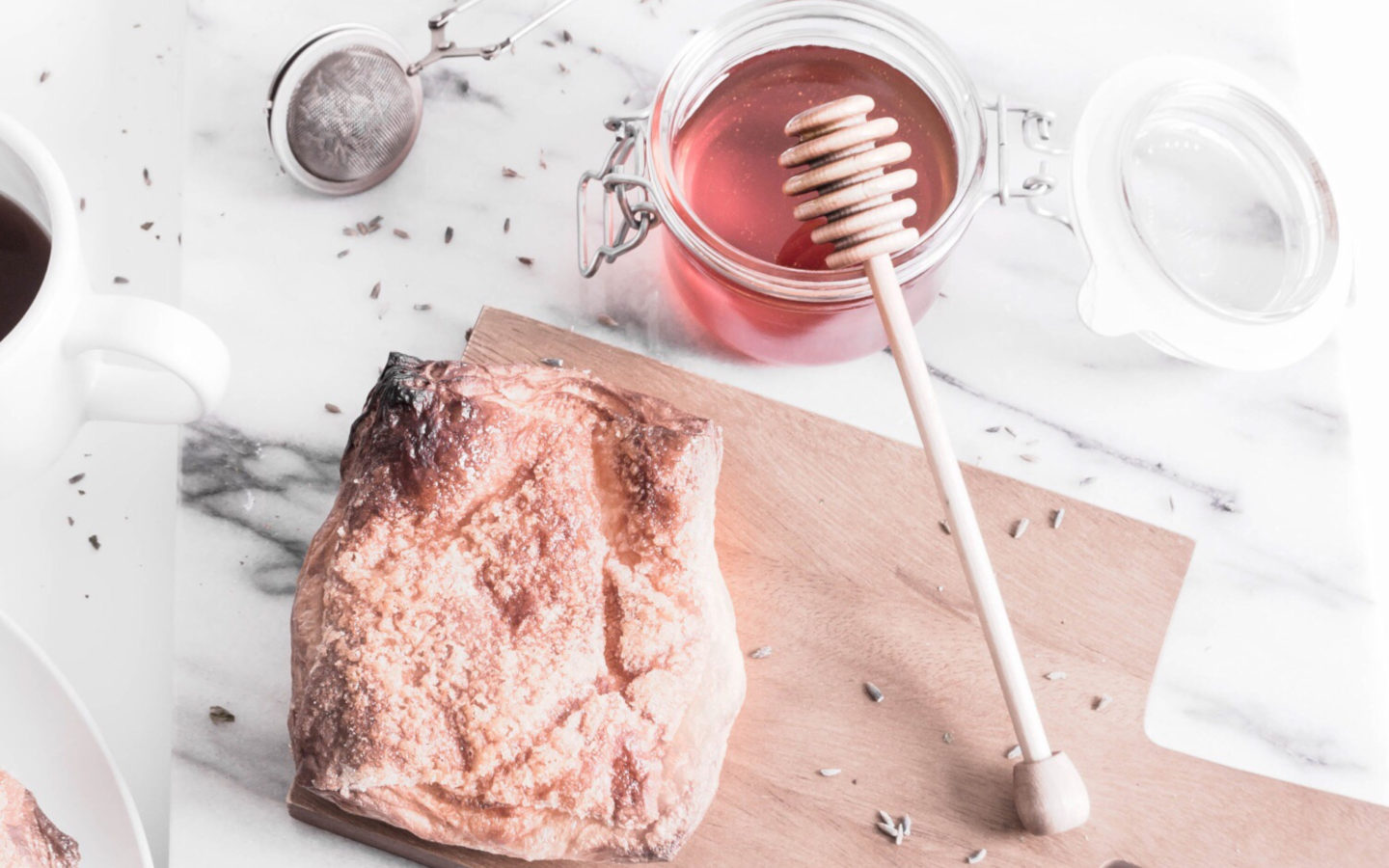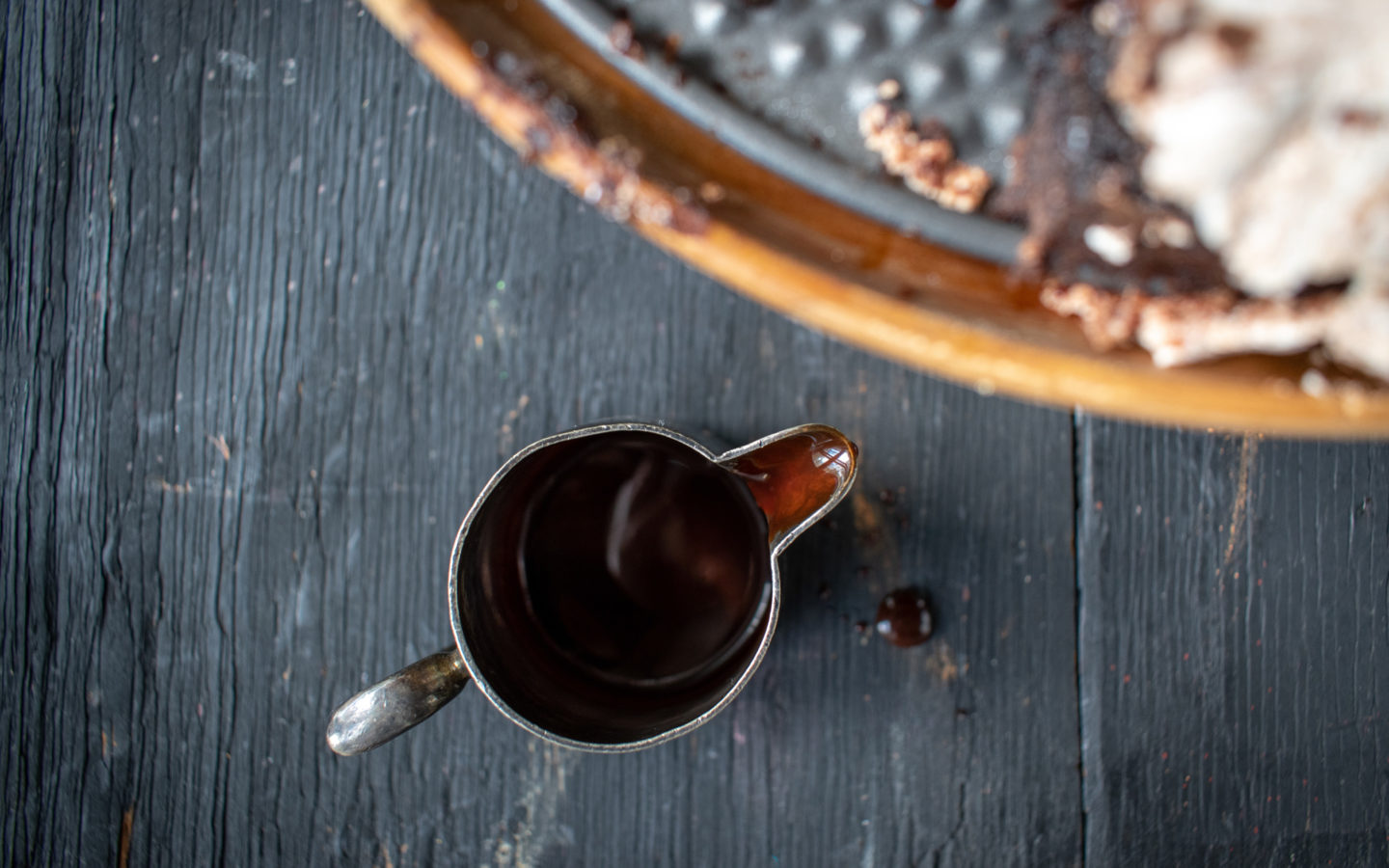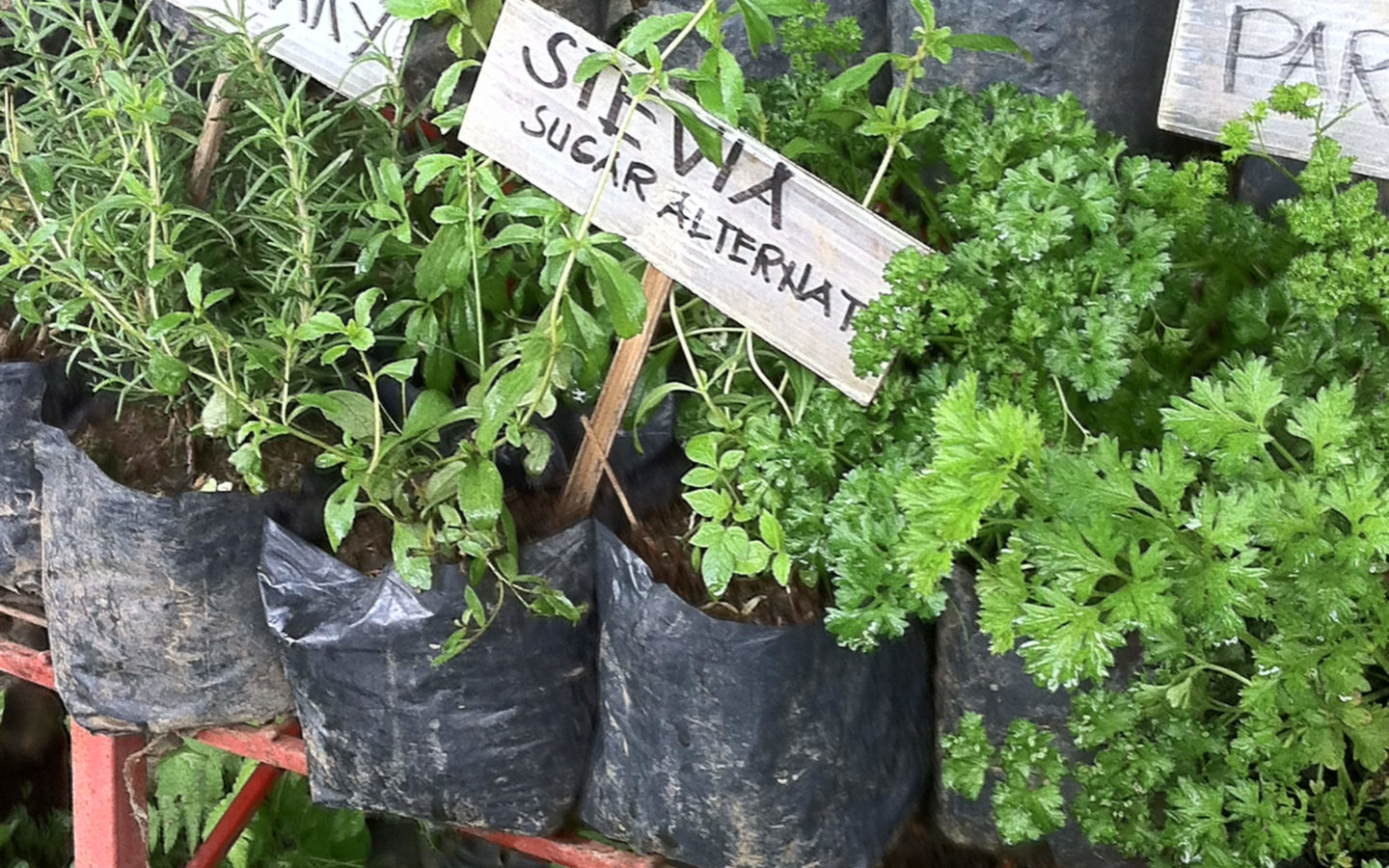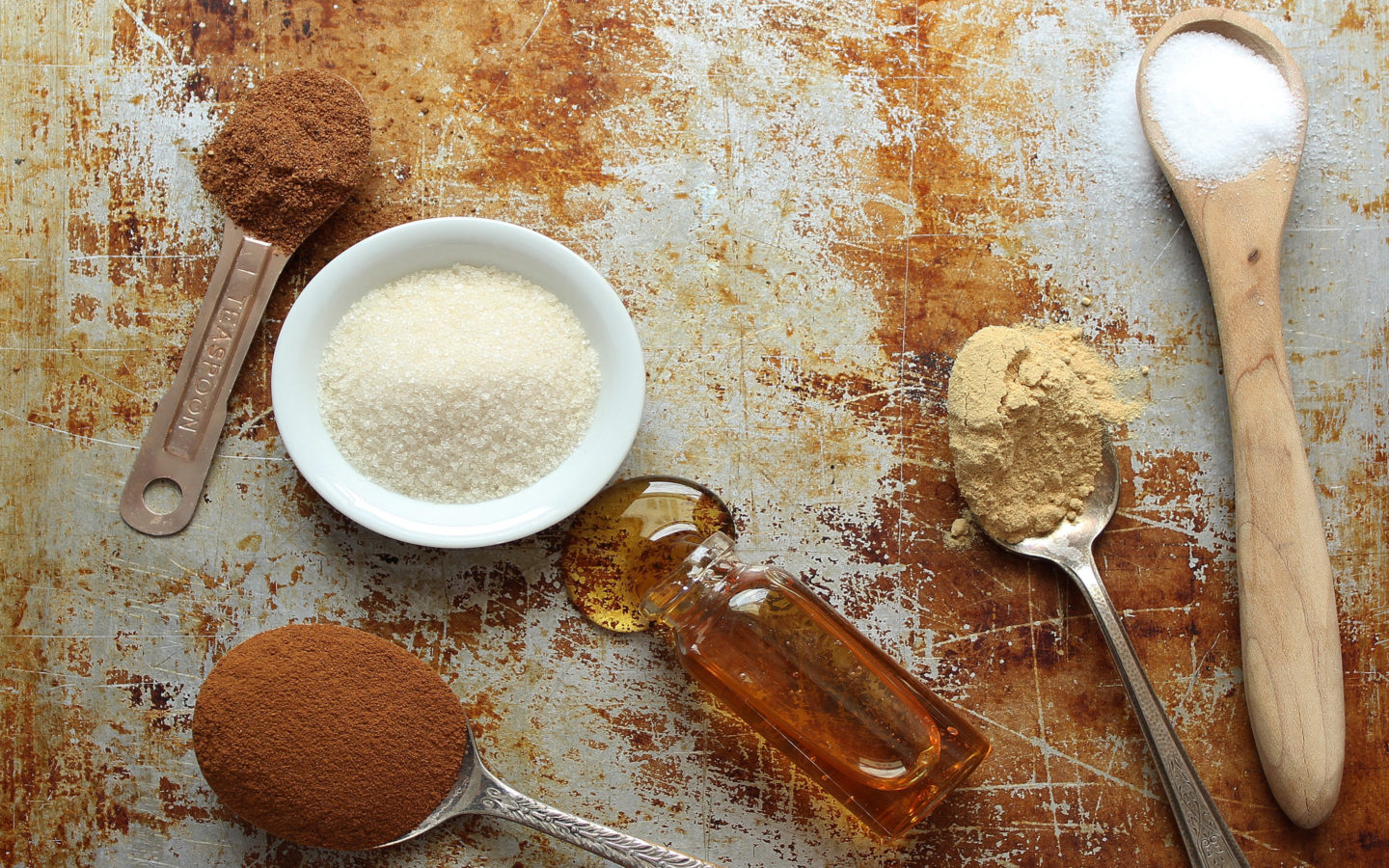Did you know the average American consumes 152 pounds of sugar in a single year? Staggering, isn’t it? That’s up from the meager two pounds Americans ate two hundred years ago (source: DHHS).
These days it seems sugar really is in everything – from the places you’ve come to expect it, like the candy aisle, to the products where you’d least suspect it’s lurking (hot sauce? Savory sausage? Salsa?!), sugar has become that sneaky ingredient we try to avoid but always seem to cross paths with. But who can blame us? With over 60 different names for added sugar – think dextrose, HFCS, glucose solids, etc. – sugar is easy to overlook, even when it’s hiding in plain sight.
But why are so many people saying “NO” to the sweet stuff? Aside from added sugars contributing to higher rates of disease, like diabetes, and obesity, added sugar is currently being studied for its possible negative effects on both mental health and gut health. Considering most nutritionists consider the gut to be the “second brain”, that’s bad news for our collective wellbeing. Common white sugar, high fructose corn syrup, and their ilk are even considered addictive substances.
That’s a whole lot of reasons to want to avoid sugar – but what about those times when you’re making something sweet or a recipe calls for a bit of sugar? Instead of choosing a processed sugar that will spike your glycemic index, why not opt for an alternative sweetener? Maybe even one with added benefits?
Below we’re breaking down five alternative sweeteners to help you choose the one that’s right for you.

#1 – Honey
Perhaps the most popular alternative sweetener, organic honey can be as nuanced as wine varietals – it all depends on where it’s from. Honey sourced from one region will taste different than honey sourced from another, and some even say consuming honey from your region could even support allergy relief. Switching out sugar for honey can also add additional nutrients to your diet, provide a lower-glycemic index sweet taste, and easily incorporates into liquids without the distinct ‘maple’ flavor of maple syrup. Like all sweeteners, it’s important to look for organic, USA-sourced honey, preferably from local, ethically-minded beekeepers.

#2 – Coconut Sugar
Coconut sugar looks a lot like brown sugar, but act like common white sugar in recipes. Brown and granular, coconut sugar is made from the sap of coconut palm trees, has a deep, caramel-like flavor, and is versatile in recipes. Slightly lower on the glycemic index than white sugar, coconut sugar also boasts beneficial compounds, like inulin, a dietary fiber that supports a healthy gut. How do you use coconut sugar? Swap it in anywhere you’d use regular white sugar, in baking or cooking. A little coconut sugar mixed with a dab of maple syrup or honey can also act as a replacement for brown sugar.

#3 – Maple Syrup
Another nutrient-dense, lower-glycemic sugar alternative, maple syrup comes from maple trees and is boiled down to create a sticky, honey-like liquid that contains manganese, zinc and riboflavin. Although excellent on pancakes, maple syrup is far more versatile than we give it credit for – swap it in anytime you need a liquid sweetener or try it in your coffee for a lightly sweet treat. Maple syrup comes in grades, Grade A is lighter in color and more pure, while grade B is darker with a deeper flavor. Either grade can be used in cooking, but Grade B will offer a more nuanced profile.

#4 – Organic Stevia
Stevia sweetener is sourced from the stevia plant, which grows in Brazil and Paraguay. 200 times sweeter than sugar in the same concentration, stevia is calorie-free, and low-glycemic, making it a favorite among those who try to avoid most sugars altogether. Available in liquid and powdered/granulated forms, it’s important to always choose an organic stevia option to ensure there are zero fillers (check the ingredients on some stevia packets and you may notice dextrose as an ingredient).

#5 – Monk Fruit
Another zero-calorie, low-glycemic sugar alternative, monk fruit is typically granulated and made from luo han guo, a gourd-like plant native to parts of China and Thailand. About 150-200 times sweeter than sugar, most monk fruit sweeteners can replace sugar in a recipe in a 1:1 ratio. Just like stevia and most other sweeteners, always purchase organic or the purest form of monk fruit sweetener available and check ingredients, as many options on shelves are diluted with other sugars that can influence the nutritional profile.
Do you use alternative sweeteners? Let us know your favorites by tagging us on social @AvocadoMattress and #AvocadoGreenMagazine!

Shop Pillows
The Essential Organic Pillow Collection
Gentle, breathable, non-toxic support.





